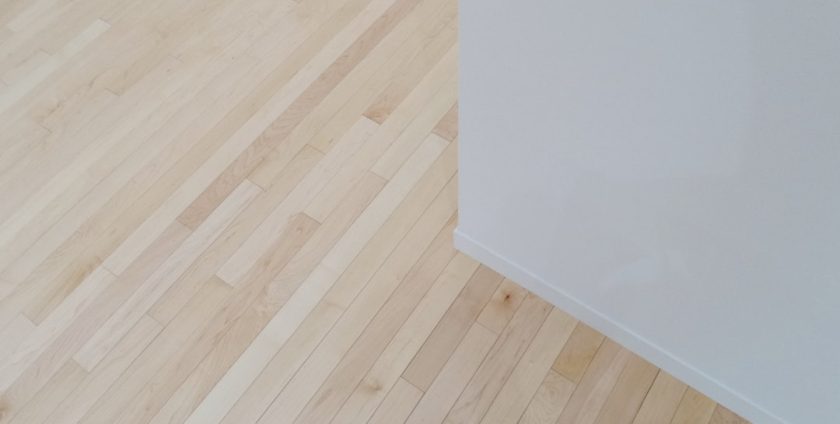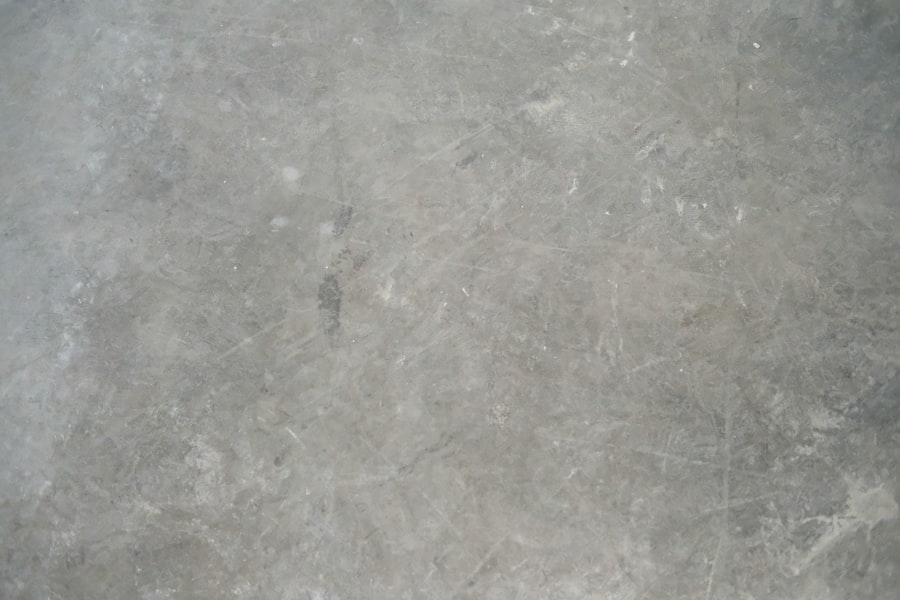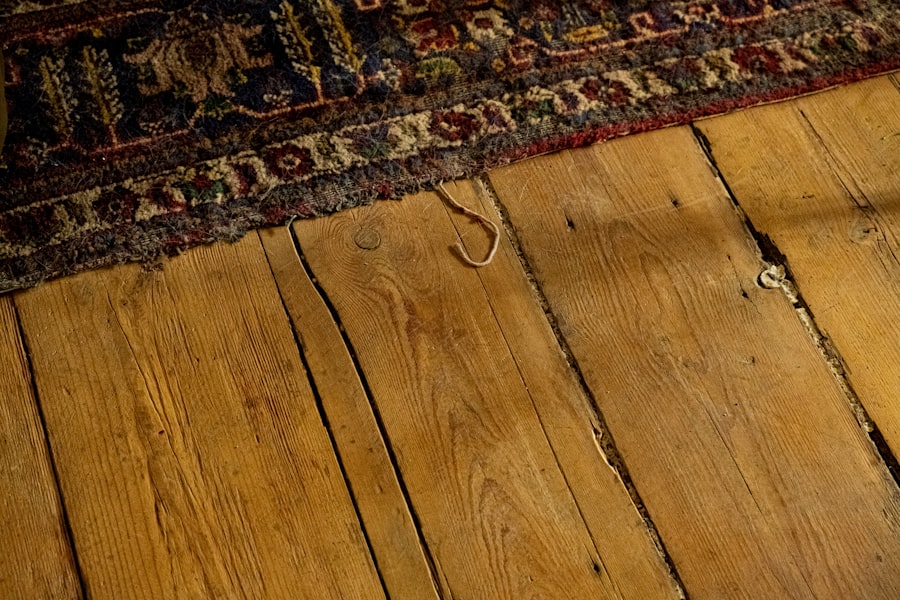
- By: admin
- Category: Commercial Floor Cleaning Machines
- 0 comment
In the bustling world of commercial cleaning, the importance of maintaining pristine floors cannot be overstated. Whether in a retail environment, an office building, or a healthcare facility, the state of the floors can significantly impact the overall impression of a business. This is where commercial floor machines come into play.
These powerful tools are designed to tackle the rigours of heavy-duty cleaning, ensuring that surfaces are not only clean but also safe for employees and customers alike. With advancements in technology, these machines have evolved to become more efficient, user-friendly, and environmentally conscious. Commercial floor machines are not just about aesthetics; they play a crucial role in maintaining hygiene standards, especially in high-traffic areas.
The right machine can save time and labour costs while delivering superior cleaning results. As we delve deeper into the world of commercial floor machines, we will explore the various types available, their benefits, and how to choose the right one for your specific needs.
Summary
- Commercial floor machines are essential for maintaining the cleanliness and appearance of various types of commercial spaces, such as offices, retail stores, and healthcare facilities.
- There are different types of commercial floor machines, including floor scrubbers, floor buffers, and floor sweepers, each designed for specific cleaning tasks and floor surfaces.
- Using a commercial floor machine can lead to benefits such as improved cleaning efficiency, reduced labour costs, and enhanced safety for employees and customers.
- When choosing a commercial floor machine, it’s important to consider features such as machine size, power source, brush or pad types, and manoeuvrability for optimal performance.
- Proper maintenance and care, as well as adherence to safety considerations and training for operators, are crucial for maximising the lifespan and effectiveness of commercial floor machines.
Types of Commercial Floor Machines
Floor Scrubbers
Floor scrubbers are designed to clean and maintain hard surfaces by using a combination of water, cleaning solution, and mechanical scrubbing action. They come in various sizes, from compact models suitable for tight spaces to larger ride-on versions for expansive areas.
Buffers and Burnishers
Buffers and burnishers, on the other hand, are primarily used for polishing and maintaining the shine of floors. Buffers are typically used for routine maintenance, while burnishers provide a high-gloss finish that enhances the appearance of floors.
Specialised Machines for Carpet Cleaning
Additionally, there are specialised machines for carpet cleaning and extraction, which utilise hot water and suction to remove dirt and stains from carpets effectively. Understanding the different types of commercial floor machines is essential for selecting the right equipment for your cleaning needs.
Benefits of Using a Commercial Floor Machine

The advantages of utilising commercial floor machines extend far beyond mere convenience. One of the most significant benefits is efficiency. These machines are designed to cover large areas quickly, reducing the time spent on cleaning tasks.
This efficiency translates into lower labour costs and allows staff to focus on other essential duties within the facility. Moreover, commercial floor machines often deliver superior cleaning results compared to manual methods. With advanced technology such as automatic dispensing systems and powerful suction capabilities, these machines can remove dirt, grime, and bacteria more effectively.
This not only enhances the appearance of floors but also contributes to a healthier environment for employees and customers. Additionally, many modern machines are designed with eco-friendly features that minimise water and chemical usage, aligning with sustainability goals that many businesses strive to achieve.
Features to Look for in a Commercial Floor Machine
When selecting a commercial floor machine, several key features should be considered to ensure you make an informed choice. Firstly, look for machines with adjustable settings that allow you to customise the cleaning process based on the type of flooring and level of dirt. This flexibility can significantly enhance cleaning efficiency and effectiveness.
Another important feature is ease of use. Machines that are user-friendly with intuitive controls can reduce training time for staff and increase productivity. Additionally, consider the machine’s size and weight; compact models may be more suitable for smaller spaces, while larger machines can handle bigger areas more efficiently.
Battery-operated options can also provide greater mobility without the hassle of cords, making them ideal for busy environments.
How to Choose the Right Commercial Floor Machine for Your Business
Choosing the right commercial floor machine involves assessing your specific cleaning needs and understanding the unique characteristics of your facility. Start by evaluating the types of flooring you have—different surfaces require different cleaning approaches. For instance, hardwood floors may need a gentler touch compared to tile or concrete surfaces.
Next, consider the size of the areas you need to clean. If you manage a large facility with extensive floor space, investing in a ride-on scrubber may be beneficial for efficiency. Conversely, if your business operates in tighter spaces or smaller rooms, a compact machine may be more appropriate.
Additionally, think about your budget; while it may be tempting to opt for the cheapest option available, investing in a high-quality machine can lead to long-term savings through durability and performance.
Maintenance and Care for Commercial Floor Machines

Proper maintenance and care are crucial for ensuring the longevity and optimal performance of commercial floor machines. Regularly inspecting and cleaning the machine after each use can prevent build-up of dirt and grime that could affect its functionality. Pay special attention to components such as brushes, pads, and filters; these parts often require replacement or cleaning to maintain effective operation.
Additionally, following the manufacturer’s guidelines for maintenance schedules is essential. This may include routine checks on battery life for cordless models or ensuring that all moving parts are lubricated as needed. By investing time in maintenance, you can avoid costly repairs down the line and ensure that your machine continues to deliver excellent results.
Common Uses for Commercial Floor Machines
Commercial floor machines are versatile tools that can be employed in various settings across multiple industries. In retail environments, they are often used to maintain clean and inviting floors that enhance customer experience. In healthcare facilities, these machines play a vital role in infection control by ensuring that floors are thoroughly cleaned and sanitised.
Educational institutions also benefit from commercial floor machines; they help maintain cleanliness in high-traffic areas such as hallways and cafeterias. Furthermore, warehouses and manufacturing facilities utilise these machines to keep floors free from debris and spills that could pose safety hazards. The adaptability of commercial floor machines makes them indispensable in any environment where cleanliness is paramount.
Safety Considerations When Using Commercial Floor Machines
While commercial floor machines are designed for efficiency, safety should always be a top priority when operating them. Operators should be trained on how to use the equipment correctly to prevent accidents or injuries. This includes understanding how to manoeuvre the machine safely around corners and obstacles while being aware of their surroundings.
Additionally, it is essential to follow safety protocols such as wearing appropriate personal protective equipment (PPE) like gloves and non-slip shoes. Ensuring that floors are clearly marked as wet during cleaning can also help prevent slips and falls. By prioritising safety measures, businesses can create a safer working environment for both employees and customers.
Comparing Commercial Floor Machines to Household Floor Machines
When considering floor cleaning solutions, it’s important to understand the differences between commercial floor machines and household models. Commercial machines are built for heavy-duty use; they are typically more robust and powerful than their household counterparts. This means they can handle larger areas and more challenging cleaning tasks without compromising performance.
In contrast, household floor machines are generally designed for lighter cleaning tasks in smaller spaces. While they may be sufficient for domestic use, they often lack the durability and efficiency required for commercial applications.
The Importance of Training and Certification for Operating Commercial Floor Machines
Training is an essential component when it comes to operating commercial floor machines safely and effectively. Proper training ensures that operators understand how to use the equipment correctly while minimising risks associated with improper handling. Many manufacturers offer training programs or certification courses that provide valuable knowledge about machine operation, maintenance, and safety protocols.
Certification not only enhances operator confidence but also demonstrates a commitment to professionalism within your organisation. By ensuring that staff members are well-trained in using commercial floor machines, businesses can improve overall efficiency while reducing the likelihood of accidents or equipment damage.
The Future of Commercial Floor Machines: Trends and Innovations
As technology continues to advance at an unprecedented pace, the future of commercial floor machines looks promising with numerous trends and innovations on the horizon. One significant trend is the integration of smart technology into cleaning equipment.
Another exciting development is the rise of eco-friendly machines that utilise sustainable materials and energy-efficient designs. As businesses increasingly prioritise sustainability initiatives, these innovations will play a crucial role in meeting environmental goals while maintaining high standards of cleanliness. In conclusion, commercial floor machines are indispensable tools in maintaining cleanliness across various industries.
By understanding their types, benefits, features, and proper usage protocols, businesses can make informed decisions that enhance their operations while ensuring a safe environment for all stakeholders involved.
FAQs
What is a commercial floor machine?
A commercial floor machine is a heavy-duty piece of equipment used for cleaning and maintaining various types of flooring in commercial and industrial settings.
What are the different types of commercial floor machines?
There are several types of commercial floor machines, including floor scrubbers, floor buffers, floor polishers, and carpet extractors. Each type is designed for specific cleaning and maintenance tasks.
What are the benefits of using a commercial floor machine?
Using a commercial floor machine can save time and effort in cleaning and maintaining large commercial spaces. These machines are designed to handle heavy-duty cleaning tasks and can provide a more thorough and efficient clean compared to manual methods.
What are the key features to look for in a commercial floor machine?
Key features to consider when choosing a commercial floor machine include the type of flooring it is designed to clean, the size and power of the machine, the availability of different attachments and accessories, and the ease of maintenance and operation.
How do you maintain a commercial floor machine?
Regular maintenance of a commercial floor machine includes cleaning the machine after each use, checking and replacing worn parts, and following the manufacturer’s guidelines for lubrication and servicing. Proper maintenance can prolong the lifespan of the machine and ensure optimal performance.
